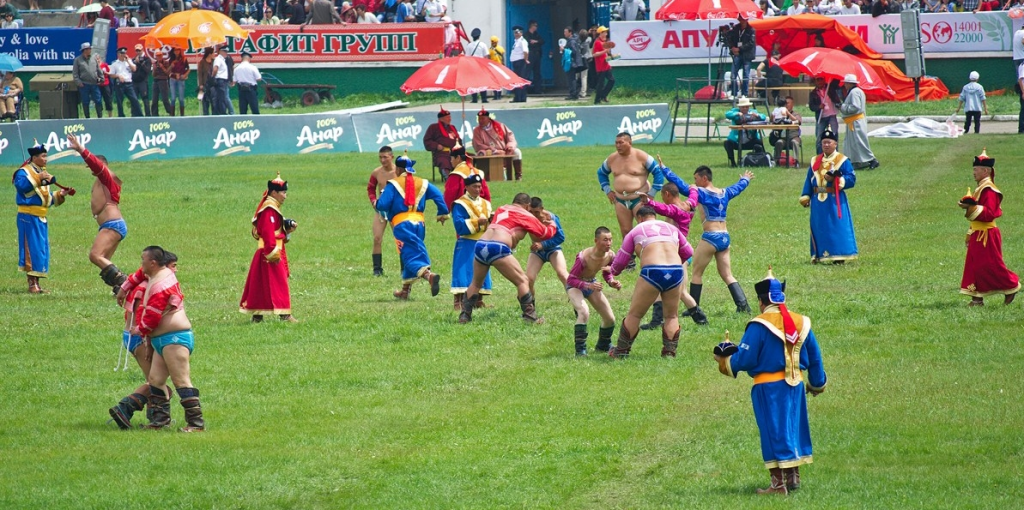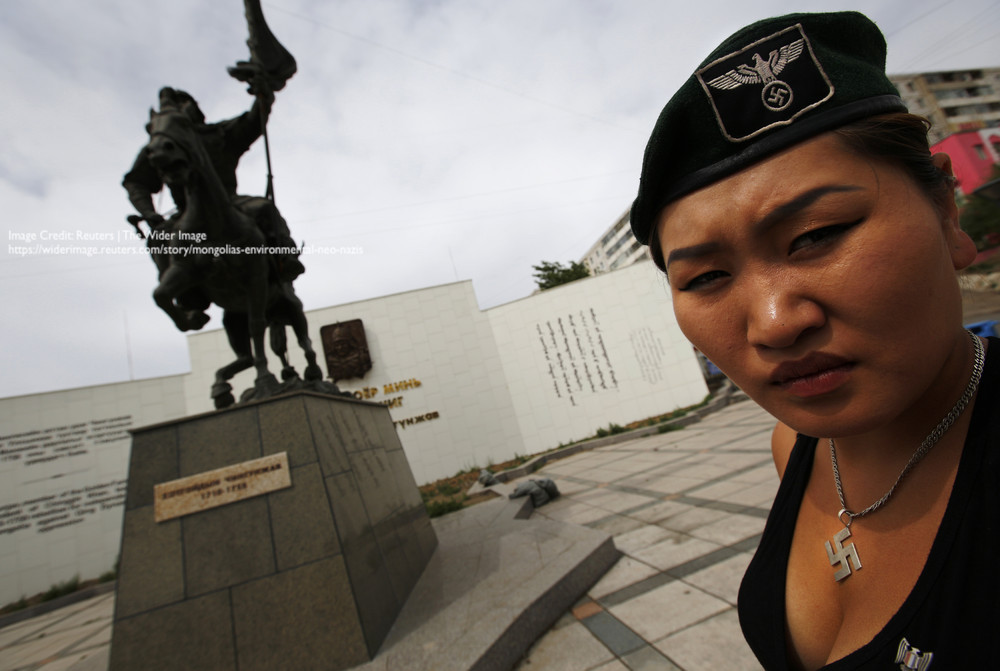Ask a Mongolian to name a characteristic associated with being Mongolian and they might very well reply “toughness” or “resilience”. There’s a good reason for this – two very good reasons, in fact. First of all, Mongolians must deal with and survive the vast harshness of our geography and climate. After all, having to survive the bitter, bone-wrenching cold of a -40 degrees Celsius winter, and the unpredictable hurdles of the steppe will beat the “softness” out of anyone.
Second of all, there’s also the harshness of our history. About four generations of Mongolians lived through the Soviet era, which brought degrees of modernity, but also brought uniformity and a gradual eradication of the self for the community. Then came the 1990s, the collapse of socialism, and the overnight tumble into capitalism, plunging us all into unprecedented uncertainty and economic collapse.
“Everything changes, and everyone’s like, I don’t know what to do. How does that affect the psyche of an entire society? And then add in the cultural values that have been passed down for thousands of years – how does that react with the new market economy and all the new media coming in? How does that affect our collective psyche?” – Mishell Kazan
We Mongolians haven’t yet come to terms with the full depth of these influences, and its effects continue to ravage today in us, our parents, grandparents and children.
This can be seen in the current state of mental health and well-being in Mongolia, a field very much still in its infancy. Serious issues such as depression, alcoholism, domestic violence and more are often swept under the rug, undiscussed and ignored until the very worst occurs. Or they are associated with people that live in the ger slums or the poor, who aren’t “tough” or “resilient”.
Trained professionals are few. According to a 2006 report by the World Health Organization, there are 17 mental health professionals per 100,000 people. The numbers for psychiatrists, psychologists, and occupational therapists are even lower. At the time of the research, there were 0 social workers within mental health facilities.
There is little investment and budget for mental health care. According to the same report, only two percent of the entire health care budget was allocated to mental health, and the majority of this is directed towards mental hospitals. Psychotropic medicines are not covered by the state, and must be paid for out-of-pocket.
All of this, the underinvestment, the lack of understanding and the lack of knowledge has led to a general public regard for issues of mental health to be synonymous with pure insanity and a lower social status. Many don’t wish to discuss these issues with anyone for fear of being stigmatized. They have few resources to turn to, and this causes them to feel further isolated from society.
This is a dangerous situation because one of those groups most affected are adolescents. In 2015, 24.5 percent of mortality among adolescents between the ages of 15 and 19 was attributed to suicide. The problem is particularly acute amongst teenage girls. According to the 2013 Global School-based Student Health Survey, 32.1 percent of girls between the ages of 16 and 17 had seriously considered suicide, and 11.6 percent had attempted suicide within the last year. Those within the LGBTQ community are also at high-risk. To help, the LGBT Centre in Mongolia has instituted a hotline that those in distress can call to speak with someone. However, the development of a national hotline still lags.
One of the very first steps to turn the situation around is to change our perspective on mental health and well-being – to view it as an essential part of health and life. We also need to change our perspective on those seeking help – to see them as people in need of our support and understanding. By doing so, the conversation can gain root and grow, and lead to policy changes and system investment that many of our fellow Mongolians so desperately need.
What do you think? If you would like to share with us or contribute, feel free to message us on facebook or twitter, or email us at macongolia.mn@gmail.com






Leave a comment